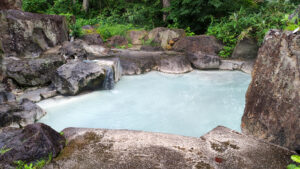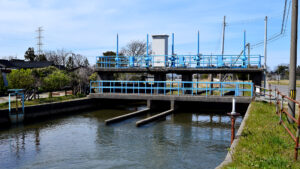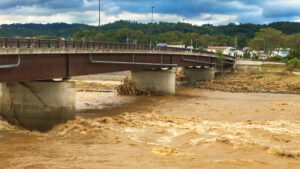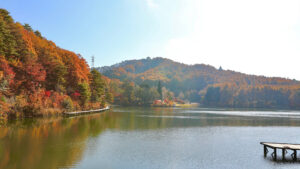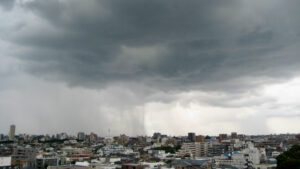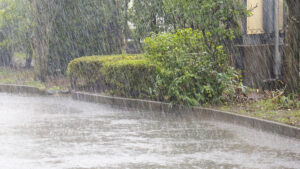Takumi Suzuki, Juri Asano, Yuki Kojima, Chihiro Kato, Kohji Kamiya
Received 11 March, 2025
Accepted 7 May, 2025
Published online 17 July, 2025
Takumi Suzuki1), Juri Asano2), Yuki Kojima3), Chihiro Kato4), Kohji Kamiya3)
1) Graduate School of Natural Science and Technology, Gifu University, Japan
2) Graduate School of Agricultural and Life Sciences, University of Tokyo, Japan
3) Department of Civil Engineering, Gifu University, Japan
4) Department of Agricultural and Environmental Engineering, Hirosaki University, Japan
Projections of soil conditions using general circulation models (GCMs) and soil heat and water transport simulations are ongoing. The accuracy of GCM-based meteorological projections can be improved through site-specific bias correction using local meteorological observations. However, this approach is not feasible in areas lacking weather stations or with limited data. This study examines the impact of site-specific bias correction on future soil condition projections. Bias correction was applied to two GCMs (MIROC5 and MRI-CGCM3) in the plain and mountainous regions of Gifu Prefecture, Japan. Current (2012–2021) and future (2091–2100) soil temperature, volumetric water content, and matric potential were simulated with HYDRUS-1D using both corrected and uncorrected meteorological inputs. Results indicate that site-specific bias correction influenced future soil condition projections, with the magnitude of changes varying by location, GCM type, and soil variable. Maximum monthly variations at 10 cm depth reached 3.8°C, 0.01 m3 m–3 and 257 cm for soil temperature, water content, and matric potential, respectively. However, when focusing on relative changes from current to future conditions, the impact of bias correction diminished. This suggests that, in data-scare regions, future soil conditions can be estimated without site-specific bias correction by focusing on relative changes.
Copyright (c) 2025 The Author(s) CC-BY 4.0



